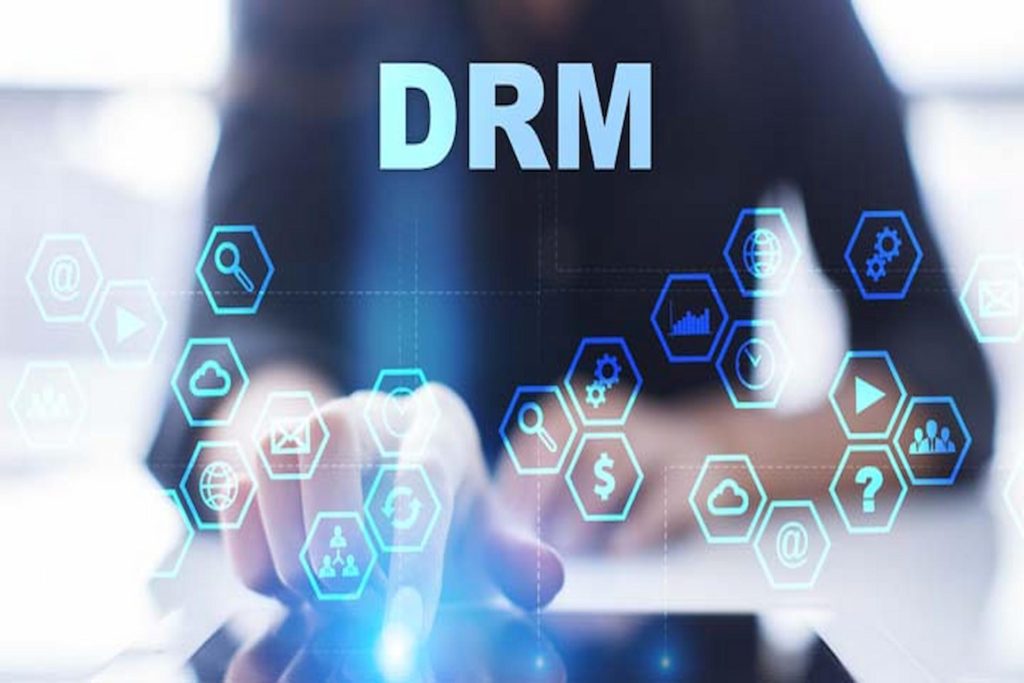Digital Rights Management (DRM) is a set of technologies and techniques used to protect digital content from unauthorized copying and distribution. An effective DRM strategy can help content creators and distributors combat piracy and protect their intellectual property. In this article, we will discuss how to implement an effective DRM strategy to combat piracy.
Identify Risks And Vulnerabilities
The first step in implementing an effective DRM strategy is to identify the risks and vulnerabilities that your digital content is exposed to. This can include identifying the types of piracy that are most prevalent in your industry, as well as the specific weaknesses in your current DRM system.
Once you have identified these risks and vulnerabilities, you can begin to develop a comprehensive DRM strategy that addresses them.
Choose The Right DRM Technology
There are a variety of DRM technologies available, each with their own strengths and weaknesses. Some DRM technologies are designed to prevent piracy by encrypting content or limiting the number of devices that can access it, while others focus on detecting and preventing unauthorized access or sharing.
It is important to choose the right DRM technology for your specific needs, taking into account factors such as the type of content you are protecting, the distribution channels you are using, and the level of security required.
Balance Security And User Experience
An effective DRM strategy must balance security with user experience. While it is important to protect your digital content from piracy, it is equally important to provide a user-friendly and enjoyable experience for your customers.
Some DRM technologies can be overly restrictive, limiting the ability of customers to use the content they have purchased in ways that are legal under the doctrine of fair use. This can lead to frustration and a negative user experience.
It is important to choose a DRM technology that provides adequate security without overly restricting the use of the content by customers.
Monitor And Enforce
Once you have implemented an effective DRM strategy, it is important to monitor and enforce it on an ongoing basis. This can include monitoring for potential piracy activity, enforcing DMCA takedown notices, and taking legal action against individuals or companies that engage in piracy.
Regularly reviewing and updating your DRM strategy can help ensure that it remains effective in combating piracy and protecting your intellectual property.
Conclusion
An effective DRM strategy can help content creators and distributors combat piracy and protect their intellectual property. By identifying risks and vulnerabilities, choosing the right DRM technology, balancing security and user experience, and monitoring and enforcing the strategy, you can create a comprehensive approach to combatting piracy.
It is important to remember that an effective DRM strategy is just one piece of the puzzle in combatting piracy. It is also important to take a multi-pronged approach that includes educating customers on the importance of respecting intellectual property rights and using effective marketing and distribution strategies.

